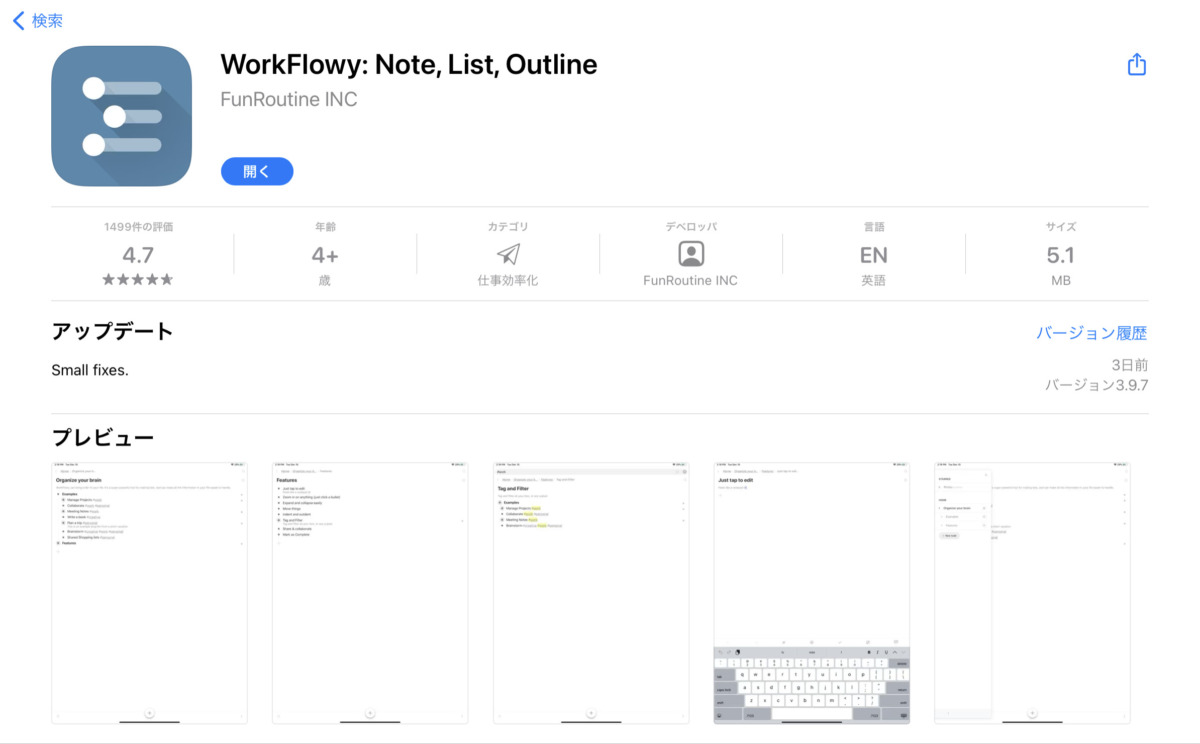
The concept of workflow is closely related to several fields in operations research and other areas that study the nature of work, either quantitatively or qualitatively, such as artificial intelligence (in particular, the sub-discipline of AI planning) and ethnography.

#Www workflowy software#
A workflow management system may also include an extensible interface so that external software applications can be integrated and provide support for wide area workflows that provide faster response times and improved productivity. These systems may be process-centric or data-centric, and they may represent the workflow as graphical maps. Workflow management systems Ī workflow management system (WfMS) is a software system for setting up, performing, and monitoring a defined sequence of processes and tasks, with the broad goals of increasing productivity, reducing costs, becoming more agile, and improving information exchange within an organization. The transmission of information from one organization to another is a critical issue in this inter-organizational context and raises the importance of tasks they describe as "validation", "verification" and "data usage analysis". They note that workflow can be managed within a single organisation, where distinct roles are allocated to individual resources, and also across multiple organisations or distributed locations, where attention needs to be paid to the interactions between activities which are located at the organizational or locational boundaries. Workflow management īasu and Kumar note that the term "workflow management" has been used to refer to tasks associated with the flow of information through the value chain rather than the flow of material goods: they characterise the definition, analysis and management of information as "workflow management". Variable demands on workflows were recognised when the theory of critical paths and moving bottlenecks was considered. This led to more efforts to improve workflows, in knowledge economy sectors as well as in manufacturing. Juran led to a focus on quality, first in Japanese companies, and more globally from the 1980s: there were various movements ranging from total quality management to Six Sigma, and then more qualitative notions of business process re-engineering. Second, World War II and the Apollo program drove process improvement forward with their demands for the rational organization of work.

For example, Soviet mathematician and economist Leonid Kantorovich developed the seeds of linear programming in 1939 through efforts to solve a plywood manufacturer's production optimization issues. First, the field of optimization theory matured and developed mathematical optimization techniques. Several events likely contributed to the development of formalized information workflows. Filing systems and other sophisticated systems for managing physical information flows evolved. The invention of the typewriter and the copier helped spread the study of the rational organization of labor from the manufacturing shop floor to the office. The 1948 book Cheaper by the Dozen introduced the emerging concepts to the context of family life. Related concepts include job shops and queuing systems ( Markov chains). This gave rise to time and motion studies. Taylor and Gantt launched the study of the deliberate, rational organization of work, primarily in the context of manufacturing. One of the earliest instances of the term "work flow" was in a railway engineering journal from 1921. The modern history of workflows can be traced to Frederick Taylor and Henry Gantt, although the term "workflow" was not in use as such during their lifetimes.
#Www workflowy series#
The development of the concept of a workflow occurred above a series of loosely defined, overlapping eras.

Workflows may be viewed as one fundamental building block to be combined with other parts of an organization's structure such as information technology, teams, projects and hierarchies. The flow being described may refer to a document, service, or product that is being transferred from one step to another. It can be depicted as a sequence of operations, the work of a person or group, the work of an organization of staff, or one or more simple or complex mechanisms.įrom a more abstract or higher-level perspective, workflow may be considered a view or representation of real work.

An IMRAD model for developing research articlesĪ workflow consists of an orchestrated and repeatable pattern of activity, enabled by the systematic organization of resources into processes that transform materials, provide services, or process information.


 0 kommentar(er)
0 kommentar(er)
